
You should gut furred small game as soon as possible. Especially rabbits and hares, because there’s something about their innards that allows them to sour very quickly.
In warm weather, it only takes an hour or so for the thin abdominal muscles to start turning greenish blue. It’s easier to skin rabbits or squirrels before they’re gutted, as the hide comes off more easily if the animal is completely intact. But leaving the hide in place is a great way to keep the meat clean, so it’s generally better to gut an animal immediately after harvest and delay skinning until you’re in a suitable environment for processing.
I handle squirrels and rabbits in only one way, by parting them into five pieces, four legs and a ribless back. Virtually all species of furred small game, including oddballs such as muskrats and porcupines, can be parted out in a similar fashion. Remove the back legs at the ball joint that sits on the upper end of the femur. The front legs are connected by ligaments; there are no ball joints, so they slice away easily. The legless body can then be chopped crosswise into two pieces. Make the cut just below the rib cage.
Field Dressing a Squirrel
Start with a sharp knife.
Girdle the squirrel around the waist, careful to slice just through the hide and not nick the muscle beneath.
Pull the hide off the squirrel like removing a shirt and pair of pants. The tissue that binds a squirrel’s hide to its muscle is very strong. You’ll need to pull hard. Stop pulling when the hide meets the ankles and base of the tail and neck.
Sever the ankles, tail, and head by chopping through the joints with a heavy knife, a cleaver, or a pair of game shears.
Cut the squirrel into five pieces. Discard the ribs and that portion of the spine that sits above the loins. Trying to get the meat off that section of the carcass is like trying to get meat off a small rattlesnake, hardly worth the effort.
Rabbits and hares are a little different than squirrels primarily because the skin pulls so easily. The rabbit in the following photos was not gutted before it was skinned, only because the skinning took place almost immediately after it was killed.
Start pulling the hide, the front half pulls forward, the back half pulls rearward.
Strip the hide off until it’s connected to the rabbit at the ankles and head. You can pull it free from the tail without needing to cut anything.
Sever the ankle joints and neck with a heavy knife, cleaver, or game shears.
Make a gutting incision and split the pelvis.
Pull out the innards. Now you can part the rabbit out, just like the squirrel method shown above.
A Few More Tips for Handling Furred Small Game
- You’ll often find that there’s a lot of small hairs on your rabbit and squirrel meat after skinning them. You can wash this away with cold running water. If the meat is really hairy, you can burn it off with a torch or stove burner — but do try the water first. Or better yet, do a more careful job with skinning.
- Many people soak rabbit and squirrel meat in water overnight before freezing or cooking. (My mother always did this when I was a kid.) There’s no reason for it, though. If storing meat overnight in the fridge, just cover it with a tight wrapping of plastic wrap.
- For removing hairs that are dragged into the meat by shotgun pellets, use the toothpick trick of poking in and dragging shot out.
- Not only are rabbit and squirrel organs edible, they are excellent. Cook the heart, liver and kidneys right along with the rest of the animal in stews and other preparations.
- Always sever joints on small game by popping the ball joints, not by breaking the bones. Broken bones are very sharp. They are dangerous to kids while eating, and they poke hole into vacuum bags.
- When freezing small furred game, you’ll get the best results by either vacuum sealing the meat or submerging the pieces in water before freezing. This will keep the meat in fine condition for a year or so. Suitable freezing containers can be made from recycled milk cartons or plastic soda bottles with the upper portion cut away.

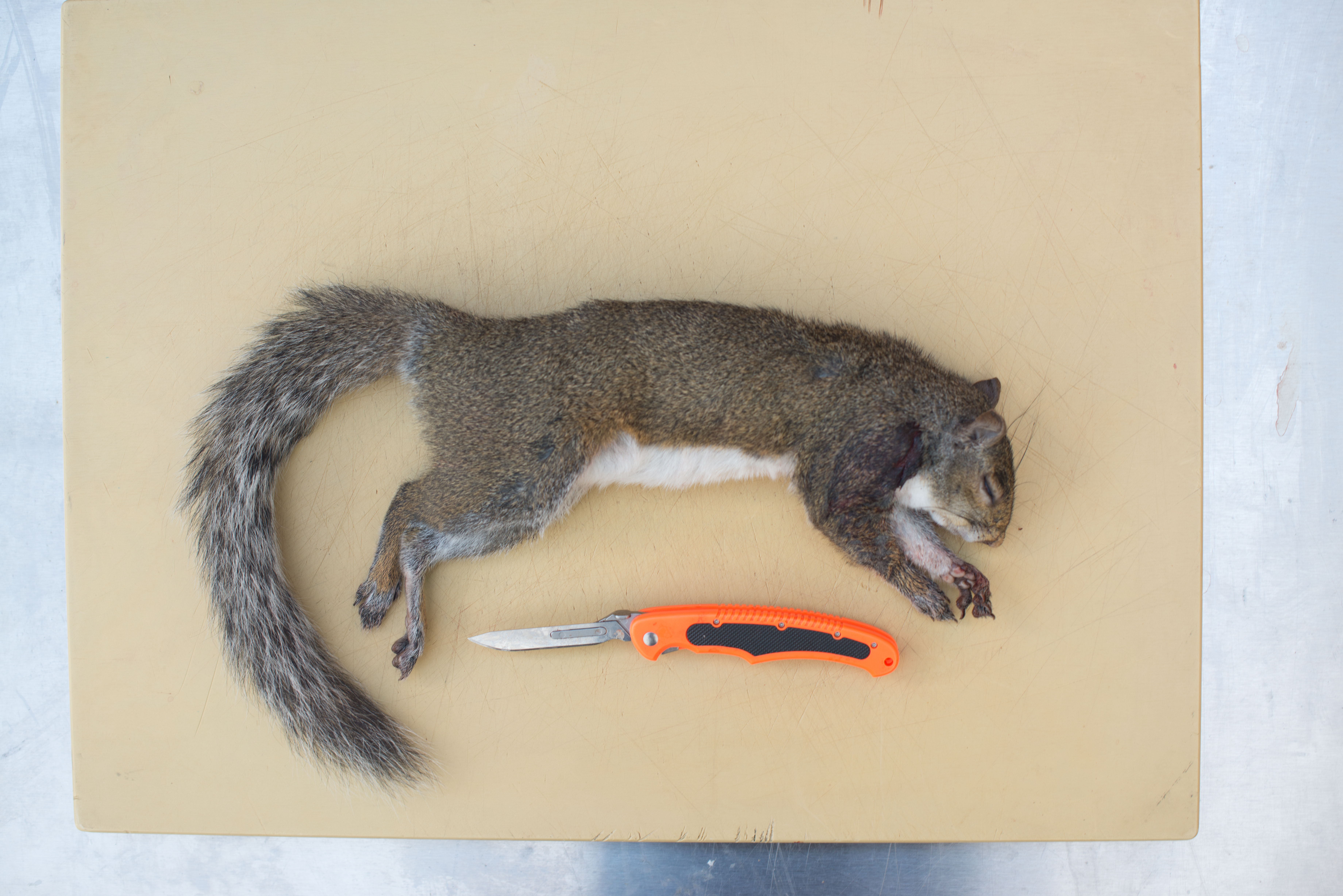
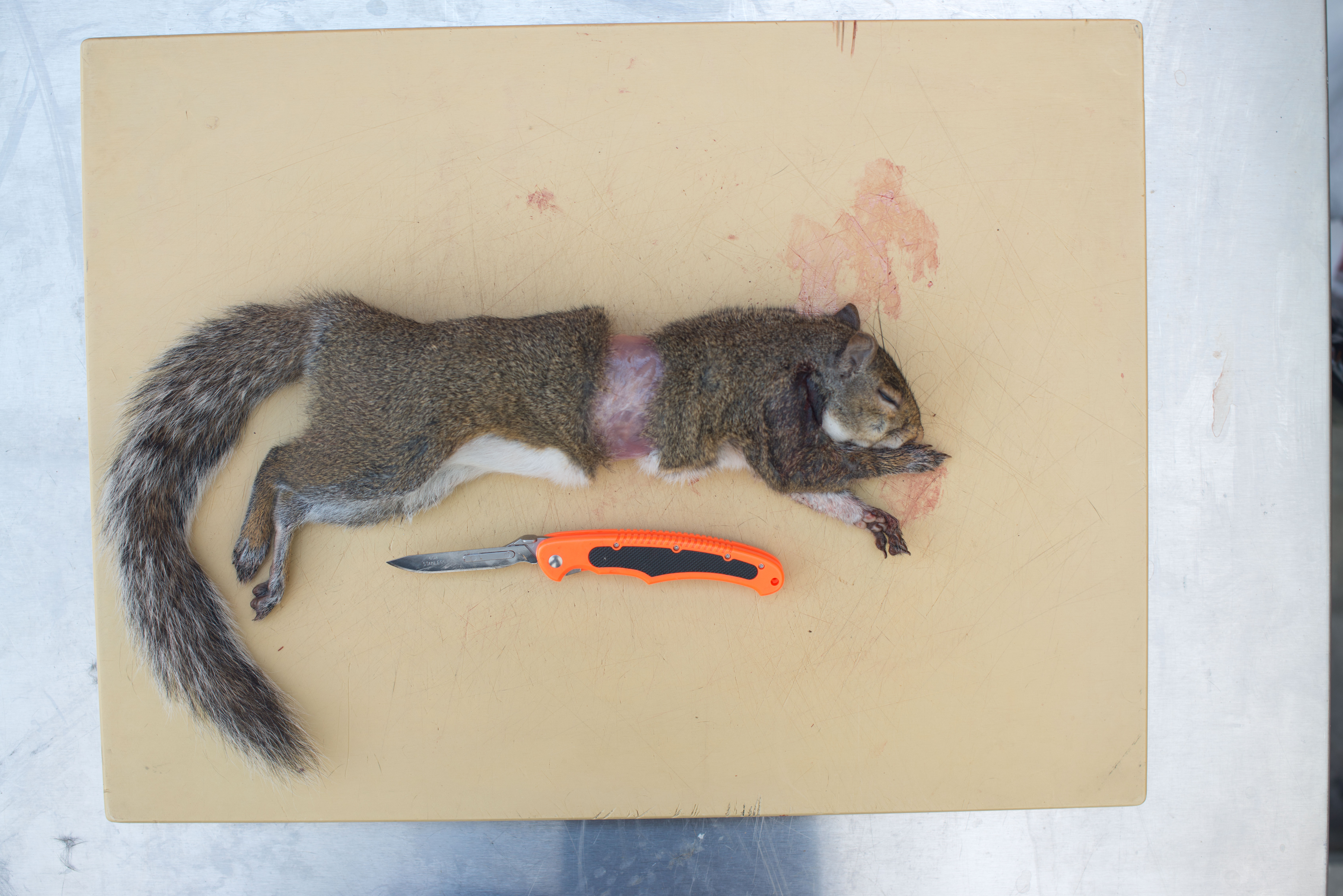
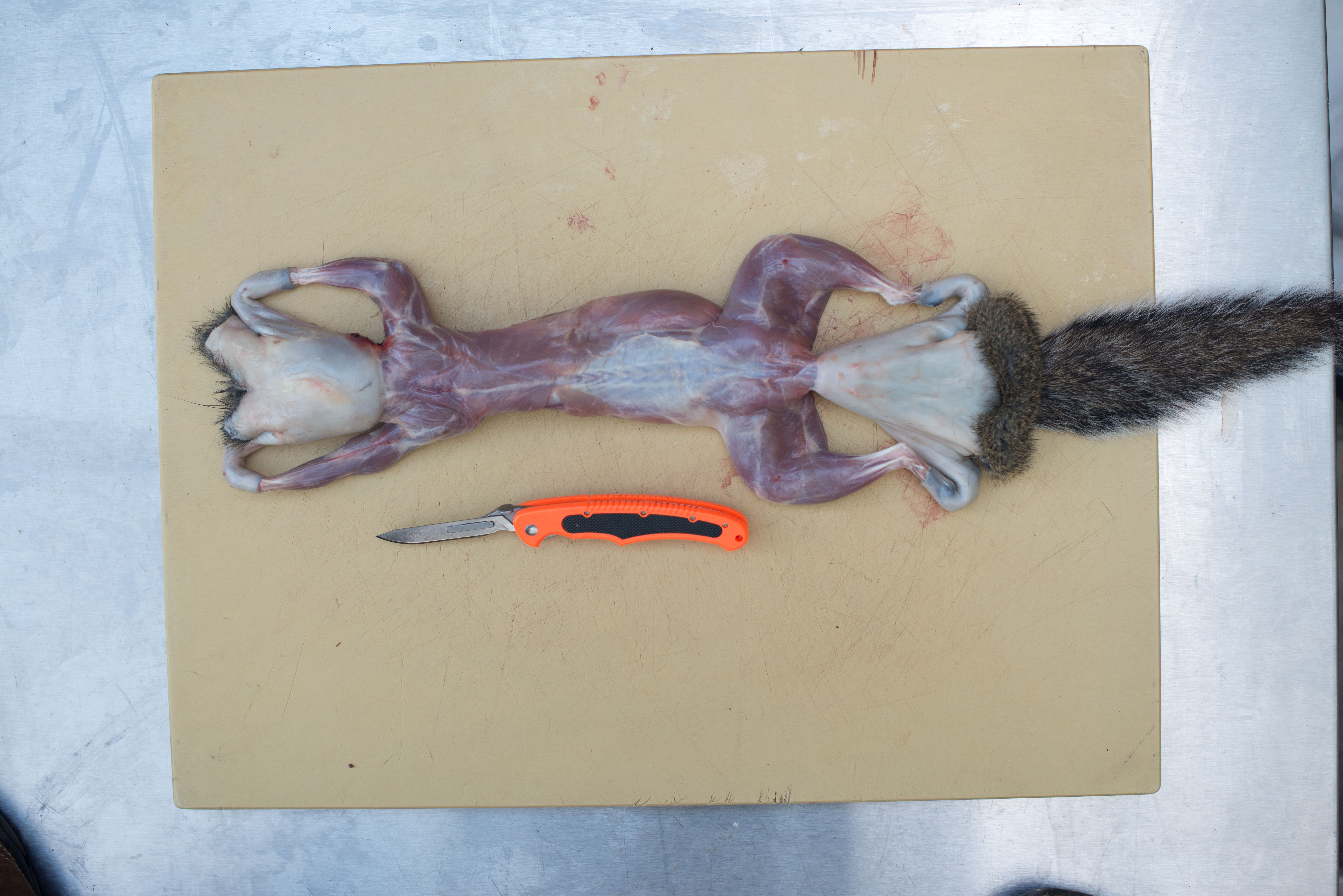
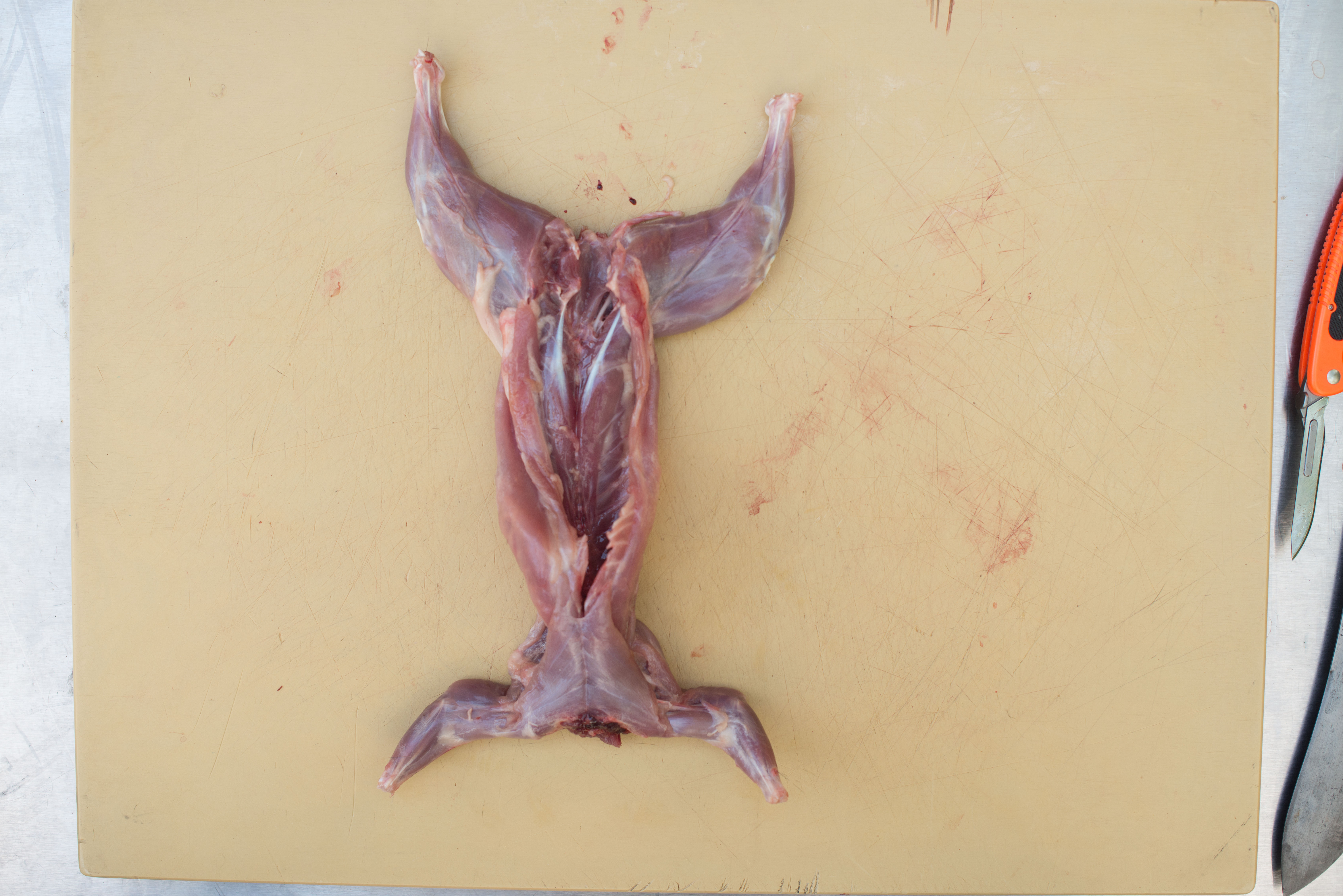
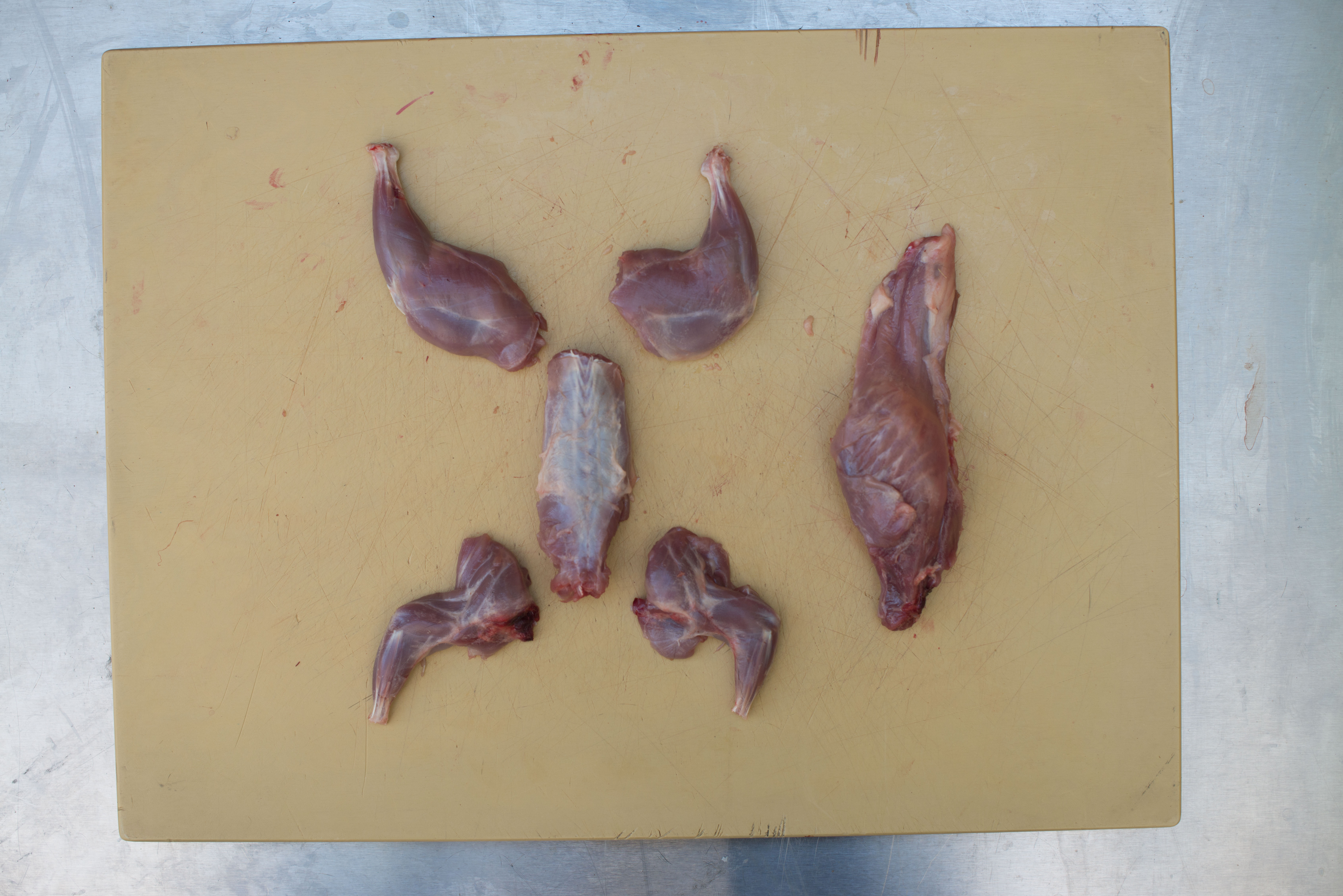
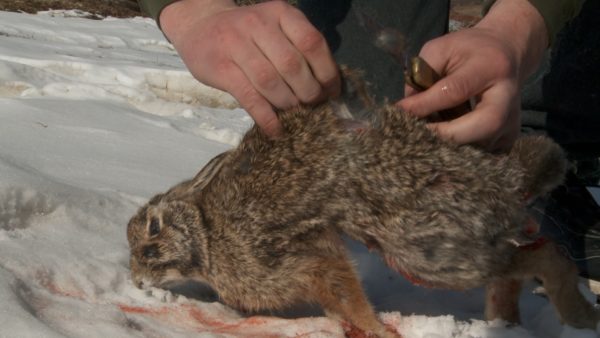
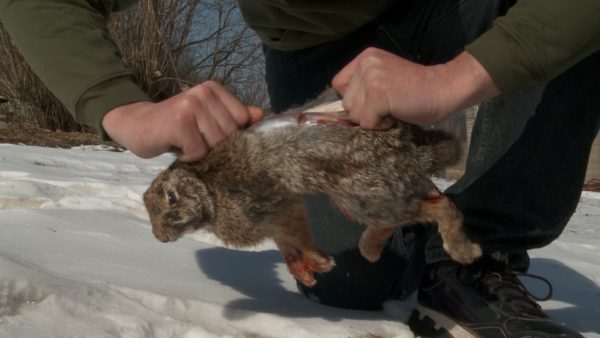
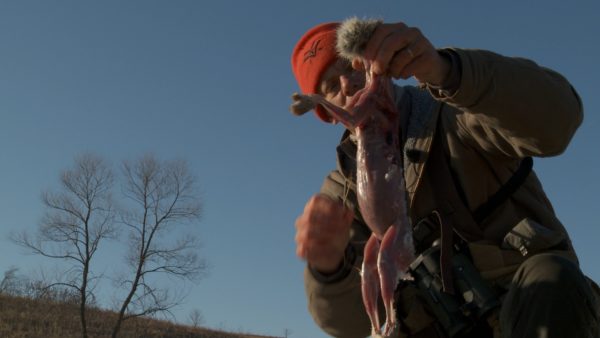
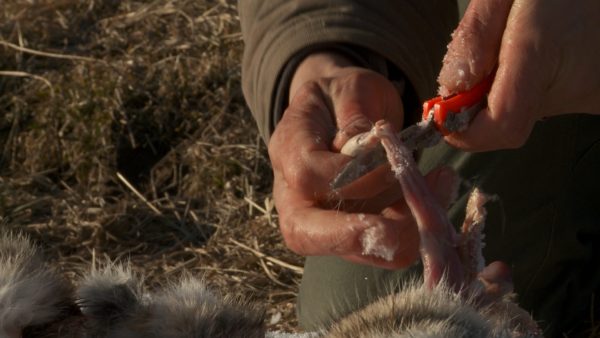
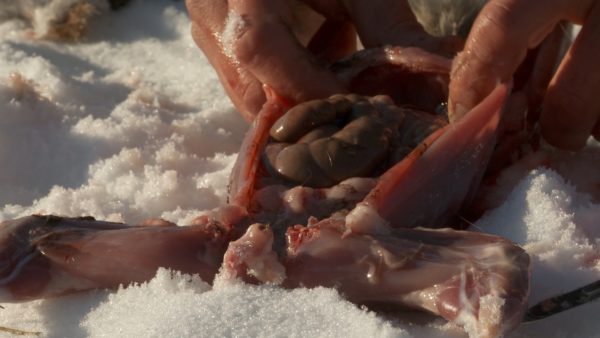






Conversation